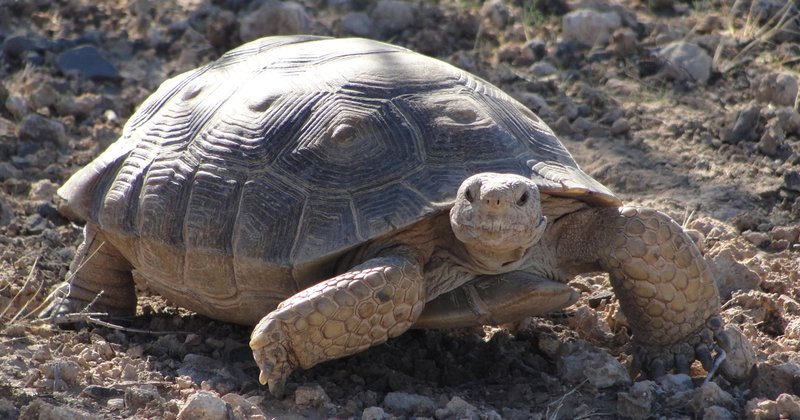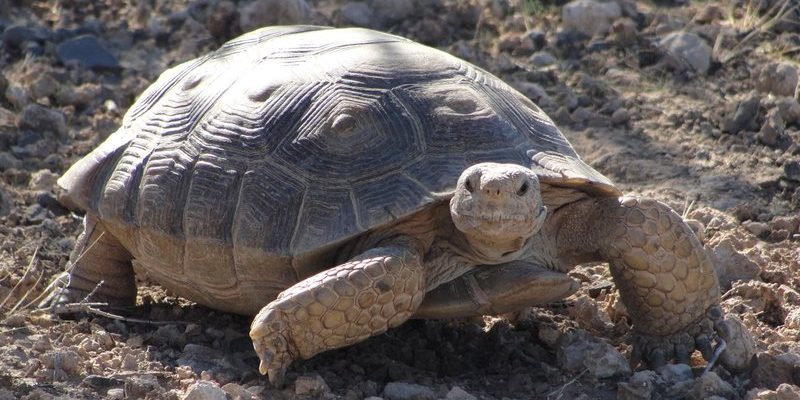
So, how many tortoise species are out there, and where can you find them? Honestly, it’s pretty interesting! Tortoises belong to the family Testudinidae, and their habitats range from deserts to tropical forests and even grassy plains. Let me explain where you can spot these unique creatures, from the Galápagos Islands to parts of Africa and beyond.
Types of Tortoises and Their Habitats
Tortoises can be classified into various types based on their habitats and physical characteristics. Generally, they are divided into two categories: terrestrial (land-dwelling) and aquatic (water-loving). Terrestrial tortoises are what most people typically think of when they hear the word “tortoise.” They live on land and can be found in a range of ecosystems.
One well-known species is the Galápagos tortoise, which can weigh over 900 pounds! These giant tortoises live primarily on the Galápagos Islands, where they thrive in the open grasslands and sparse forests. They are famous for their long lifespans, often living over 100 years. Their ability to adapt to their environment is remarkable!
On the other hand, you have species like the African spurred tortoise, which can be found in the arid regions of Africa. These tortoises are well-suited to their dry habitats, with adaptations that help them conserve water. You might be wondering how such different species can thrive in their environments—it’s all about evolution and adaptation.
The Galápagos Islands: A Tortoise Paradise
The Galápagos Islands are one of the most famous homes for tortoises. Here, you can find multiple species, each adapted to their island’s unique environment. Some islands have tortoises with high domes, while others have tortoises that are flatter—each adaptation helps them survive in different habitats.
On the Galápagos Islands, tortoises play a crucial role in their ecosystem. They help to shape the landscape by grazing on vegetation, which promotes plant growth. This delicate balance illustrates how vital these creatures are to their environment. If you’re ever lucky enough to visit, witnessing these magnificent tortoises in their natural habitat is a memory you’ll cherish.
Despite their iconic status, the Galápagos tortoises face threats from humans and invasive species. Conservation efforts are ongoing to protect them, emphasizing the importance of maintaining biodiversity. Honestly, it’s a reminder that every little effort counts when it comes to preserving our planet’s natural wonders.
African Tortoises: Resilient Survivors
Moving over to Africa, we find several species of tortoises that thrive in harsh climates. The African spurred tortoise, for example, is well-known for its ability to endure extreme heat and limited water. They have a robust shell and thick skin that help them survive in arid conditions.
These tortoises usually inhabit scrublands and savannas, where they wander in search of food. Their diet mainly consists of grasses, leaves, and fruits. Here’s a fun fact: they can store water in their bodies for long periods, allowing them to survive when resources are scarce. Isn’t that incredible?
Overhunting and habitat loss are significant threats to African tortoise populations. In some areas, they are kept as pets, which can lead to illegal trade. Conservationists are working hard to educate people about the importance of these tortoises and how to protect their natural habitats.
North American Tortoises: The Desert Dwellers
In the United States, tortoises can be found mostly in the southwest, particularly in deserts and arid regions. The desert tortoise is the most well-known species in this area, living in places like the Mojave and Sonoran Deserts. These tortoises have adapted to the extreme conditions of their habitat, often digging burrows to escape the scorching heat.
Desert tortoises primarily feed on grasses and wildflowers, which bloom after the rare rainfalls in their regions. They play an essential role in their ecosystem, helping to maintain plant communities and providing food for other wildlife. You might be surprised to learn that these tortoises can live to be over 50 years old in the wild!
However, desert tortoises face significant challenges, including habitat destruction and climate change. Conservation programs are in place to help protect their populations, but it’s a continuous effort. Here’s the thing: protecting tortoises isn’t just about saving one species; it’s about preserving the delicate balance of their ecosystems.
Asian Tortoises: A Diverse Family
Asia is home to a diverse range of tortoise species. From the lush forests of Southeast Asia to the dry hills of India, tortoises have adapted to various environments across the continent. The Indian star tortoise is a standout with its unique star-patterned shell, which makes it quite a sight. These tortoises typically inhabit scrub forests and grasslands, where they feed on various plants.
Another notable species is the Burmese tortoise, which has a more restricted distribution. Historically, this tortoise was once quite common, but habitat loss and overharvesting for the pet trade have severely impacted its numbers. Conservation efforts are underway to reintroduce these tortoises into their natural habitats.
Asian tortoises often face similar threats, such as habitat fragmentation and illegal poaching. By supporting local conservation initiatives, we can help ensure these fascinating creatures continue to roam their native lands. Supporting awareness campaigns is also crucial—many people don’t realize how threatened these tortoises are.
Conservation Efforts for Tortoises Worldwide
With so many tortoise species facing challenges, conservation efforts are essential to ensuring their survival. Many organizations are actively working to protect tortoise habitats, raise awareness, and rehabilitate injured tortoises. These initiatives often involve community engagement, teaching locals about the importance of preserving biodiversity.
One example is the Turtle Conservancy, which focuses on protecting turtle and tortoise habitats globally. They work to conserve habitats, educate communities, and promote legal protections for these creatures. Supporting such organizations can help create a brighter future for tortoises everywhere.
Additionally, captive breeding programs have been established to help reintroduce threatened species back into the wild. These programs provide a critical lifeline for species that have seen sharp population declines. By working together, we can help ensure that future generations get to enjoy the wonders of tortoises.
Final Thoughts: Appreciating Our Shelled Friends
Tortoises are more than just unique animals; they are vital components of their ecosystems and deserve our respect and protection. From the Galápagos Islands to the deserts of North America and the forests of Asia, tortoises inhabit diverse environments around the globe. Their stories remind us of the intricate connections in nature and how our actions can impact wildlife.
So, the next time you spot a tortoise—whether in the wild or in a documentary—take a moment to appreciate its journey. Remember, every effort counts in protecting these amazing creatures for future generations. Let’s do our part to ensure that their slow and steady path continues for many years to come.

